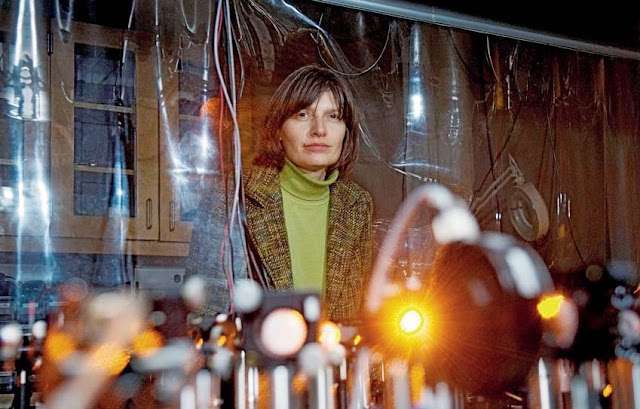
Introduction:
In the annals of scientific achievement, few breakthroughs are as astounding as the ability to control the speed of light. Danish physicist Lene Hau achieved this feat and more, defying conventional wisdom and reshaping our understanding of the fundamental nature of light. Through a series of groundbreaking experiments, Hau and her team demonstrated the unprecedented ability to slow down and manipulate light, opening up new frontiers in the study of quantum physics and optics.
Exploring Ultra-Cold Gases:
Hau’s journey into the realm of manipulating light began with her research on Bose-Einstein condensates, ultra-cold gases that exhibit remarkable quantum properties at temperatures just above absolute zero. These exotic states of matter provided the perfect laboratory for studying light-matter interactions at the atomic level.
Electromagnetically Induced Transparency (EIT):
Using a technique known as electromagnetically induced transparency (EIT), Hau and her team were able to slow down and eventually stop a beam of light as it passed through a cloud of ultra-cold atoms. By manipulating the properties of the atomic gas with carefully tuned laser pulses, they created a “quantum medium” through which light could propagate at dramatically reduced speeds.
Slowing Down Light to 38 mph:
One of the most remarkable achievements of Hau’s research was the ability to slow down the speed of light to just 38 miles per hour—a speed slower than that of a brisk bicycle ride. This groundbreaking accomplishment, made possible by exploiting the quantum properties of Bose-Einstein condensates, marked the first time scientists had managed to control the speed of light in a controlled environment.
Manipulating Light Properties:
Building on their success in slowing down light, Hau and her team demonstrated the ability to manipulate and shape the properties of light as it passed through the ultra-cold atomic gas. By imprinting specific patterns onto the atomic cloud using precisely timed laser pulses, they were able to “store” and “retrieve” light pulses with unprecedented precision and control.
Implications and Applications:
The implications of Hau’s work are vast and far-reaching. The ability to control the speed and properties of light has profound implications for telecommunications, quantum computing, and the development of new materials with exotic optical properties. Moreover, Hau’s research has deepened our understanding of the fundamental nature of light and its interactions with matter at the quantum level.
Conclusion:
Lene Hau’s groundbreaking achievements in manipulating light have reshaped our understanding of the quantum world and opened up new avenues for scientific exploration and technological innovation. Her pioneering research continues to inspire scientists around the world to push the boundaries of what is possible in the realm of quantum physics and optics.
Reference: Physics Central
